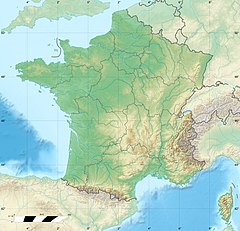
The Eiffel Tower is a wrought-iron lattice tower on the Champ de Mars in Paris, France. It is named after the engineer Gustave Eiffel, whose company designed and built the tower from 1887 to 1889.

Alexandre Gustave Eiffel was a French civil engineer. A graduate of École Centrale des Arts et Manufactures, he made his name with various bridges for the French railway network, most famously the Garabit Viaduct. He is best known for the world-famous Eiffel Tower, designed by his company and built for the 1889 Universal Exposition in Paris, and his contribution to building the Statue of Liberty in New York. After his retirement from engineering, Eiffel focused on research into meteorology and aerodynamics, making significant contributions in both fields.

Wind tunnels are machines in which objects are held stationary inside a tube, and air is blown around it to study the interaction between the object and the moving air. They are used to test the aerodynamic effects of aircraft, rockets, cars, and buildings. Different wind tunnels range in size from less than a foot across, to over 100 feet (30 m), and can have air that moves at speeds from a light breeze to hypersonic velocities.
The École centrale de Lyon (ECL) is a research university in greater Lyon, France. Founded in 1857 by François Barthélemy Arlès-Dufour in response to the increasing industrialization of France, it is one of the oldest graduate schools in France. The university is part of the Grandes Écoles, a prestigious group of French institutions dedicated to engineering, scientific research, and business education. The current 45-acre campus opened in 1967 and is located in the city of Ecully.
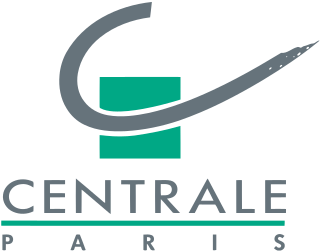
École Centrale Paris was a French grande école in engineering and science. It was also known by its official name École Centrale des Arts et Manufactures. In 2015, École Centrale Paris merged with Supélec to form CentraleSupélec, a constituent college of the University of Paris-Saclay.

The Office national d'études et de recherches aérospatiales (ONERA) is the French national aerospace research centre. It is a public establishment with industrial and commercial operations, and carries out research to enhance innovation and competitiveness in the aerospace and defense sectors.
The Conservatoire national des arts et métiers is an AMBA-accredited French grande école and grand établissement. It is a member of the Conférence des Grandes écoles, which is an equivalent to the Ivy League schools in the United States, Oxbridge in the United Kingdom, the C9 League in China, or the Imperial Universities in Japan. CNAM is one of the founding Schools of the Grande école system, with École polytechnique and Ecole Normale Supérieure in 1794, in the wake of the French Revolution.
The Institut National des Sciences Appliquées de Toulouse is a French grande école of engineering, under the authority of the French Ministry of Education and Research. Situated in Toulouse, this school is one of the 6 state engineering institutes that compose the INSA network.

The École nationale supérieure d'architecture de Versailles commonly referred to as the ENSAV, is a leading French architectural school located at the ancient stables of the Versailles Palace. It is an associate member of the University Paris-Saclay. The pedagogical aim of the National Architecture School of Versailles is to provide an intense experience in the architectural arts while developing questions of architecture in the fields of building, city and regional planning. The school prepares students using diverse professional exercise methods and its specially known for its urban design teachings.
The École d'architecture de la ville et des territoires Paris-Est, Éav&t for short, is a fully accredited state-financed architecture school located in the east of Paris, France.

The Institut Polytechnique des Sciences Avancées (IPSA), is a French private grande école in aerospace engineering located at Ivry-sur-Seine, Lyon and Toulouse, recognized by the French state since 2010, whose diploma has been accredited by the French Commission des Titres d'Ingénieur since 2011. It was founded in 1961 and has been part of IONIS Education Group since 1998.

The École nationale supérieure d'ingénieurs de Poitiers is a French engineering grande école in Poitiers, the regional capital of former Poitou-Charentes now part of Nouvelle-Aquitaine. Its focus is on the protection of the environment and is part of the University of Poitiers, one of the oldest universities in Europe.
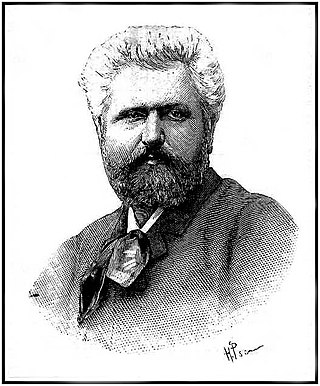
Charles Léon Stephen Sauvestre was a French architect. He is notable for being one of the architects contributing to the design of the world-famous Eiffel Tower, built for the 1889 Universal Exposition in Paris, France.

Paris-Saclay University is a combined technological research institute and public research university in Orsay, France. Paris-Saclay was established in 2019 after the merger of four technical grandes écoles, as well as several technological institutes, engineering schools, and research facilities; giving it fifteen constituent colleges with over 48,000 students combined.
Anne Debarre is a French architect, educator and researcher. She is also known as Anne Debarre-Blanchard.

Jean-Michel Leniaud is a French historian of art. A specialist of architecture and art of the 19th and 20th centuries, he was director of the École Nationale des Chartes from 2011 to 2016. He is president of the Société des Amis de Notre-Dame de Paris.
Jean Gustave Bourbouze was a French engineer, manufacturer of precision instruments and a teacher of technical education.

Gustave Eiffel University is a public university located throughout Metropolitan France.
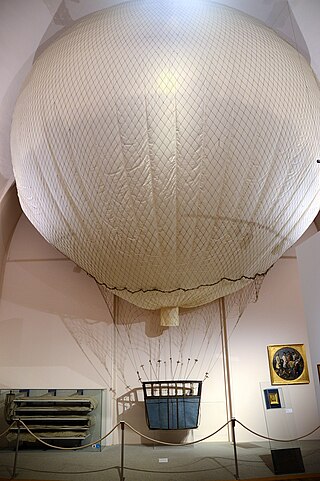
Chalais-Meudon is an aeronautical research and development centre in Meudon, to the south-west of Paris. It was originally founded in 1793 in the nearby Château de Meudon and has played an important role in the development of French aviation.
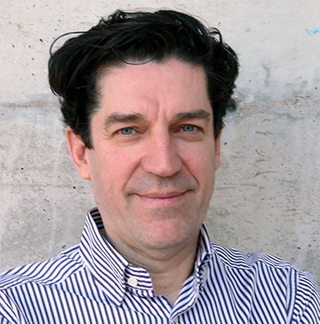
Jean-Pierre Chupin is a French and Canadian architect, researcher, and architectural theorist who specializes in reasoning by analogy, qualitative practices, architectural competitions and awards of excellence. He is a professor at the School of Architecture, Faculty of Environmental Design, Université de Montréal. He holds the Canada Research Chair in Architecture, Competitions and Mediations of Excellence (CRC-ACME). He coordinates the Laboratory for the Study of Potential Architecture (L.E.A.P) since 2012.

